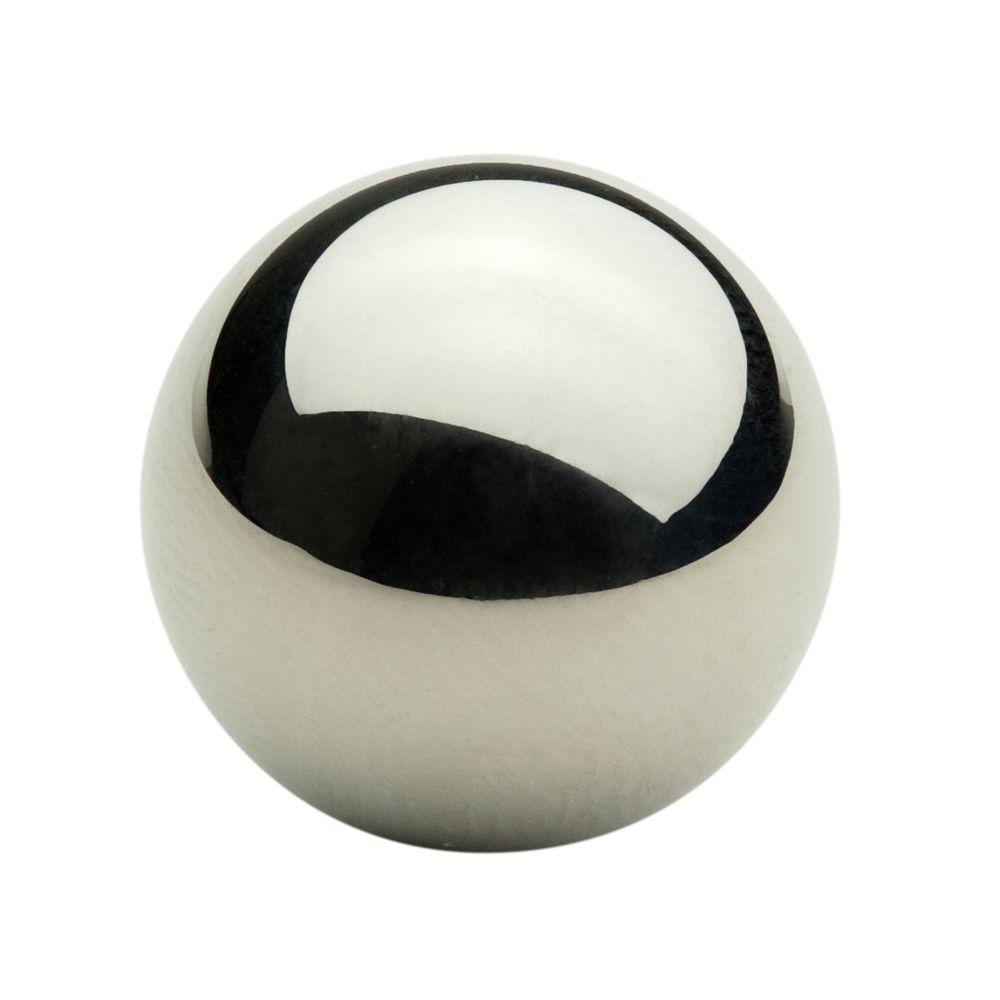sk66
Advertiser
- Messages
- 8,672
- Name
- Steven
- Edit My Images
- Yes
Yup, even if you use the mirror trick to convert the sphere into flat it still won't work... because the sphere will still see the reflection in the mirror.Yeah yeah. But you haven't really though this through, have you. The tilt-shift trick only works on flat mirrors. When the mirror is spherical, there's nowhere you can put the camera where it won't be in the reflection, because everything is in the reflection.





 New lightning warning system
New lightning warning system